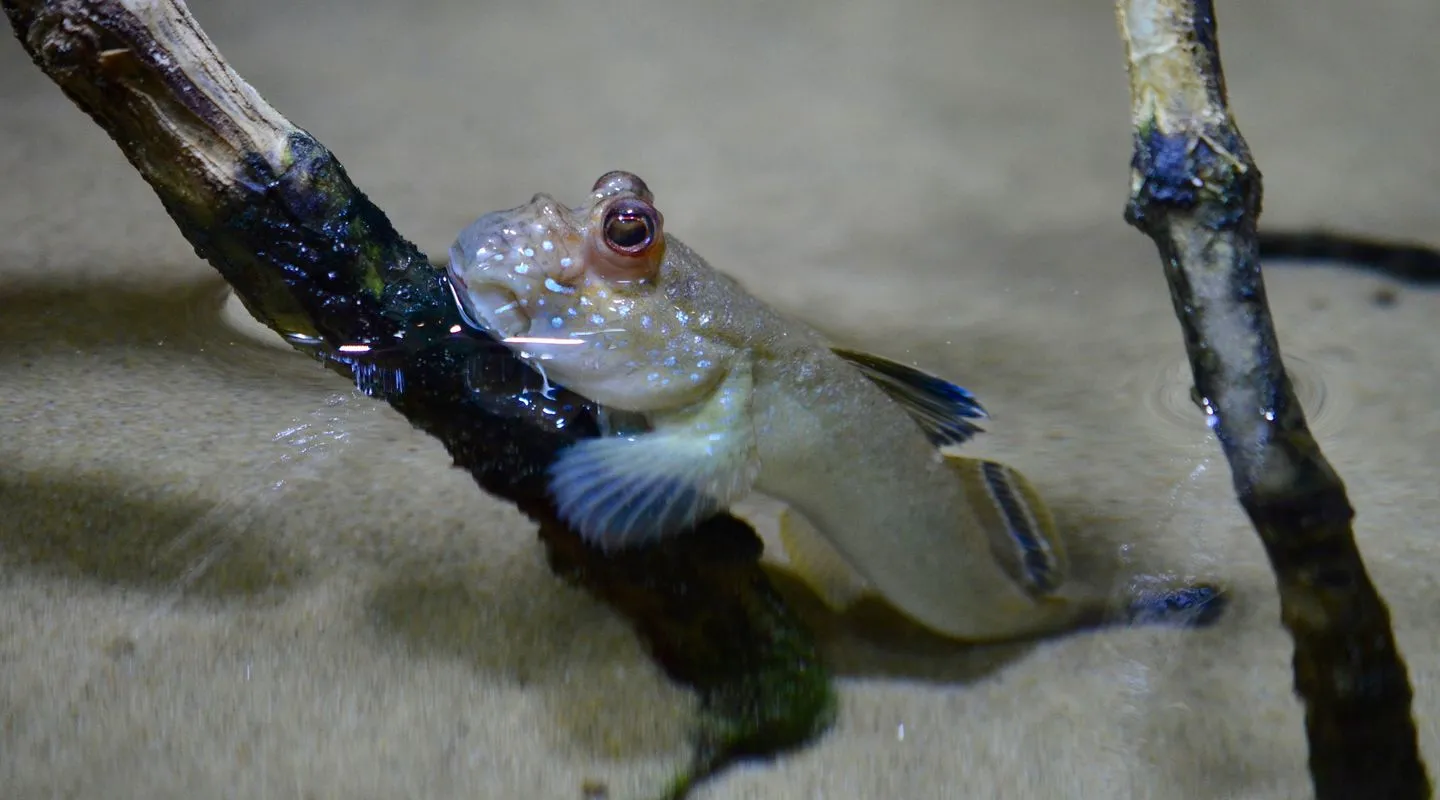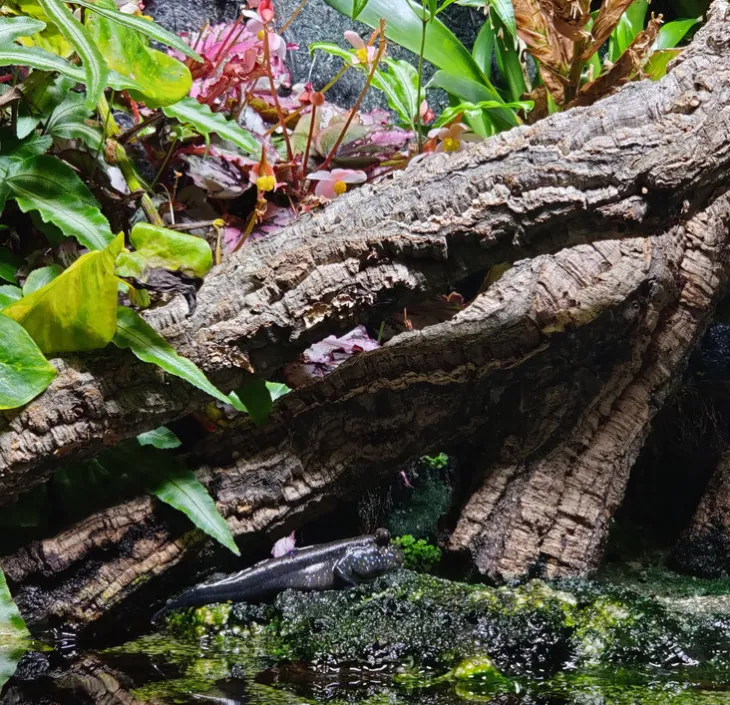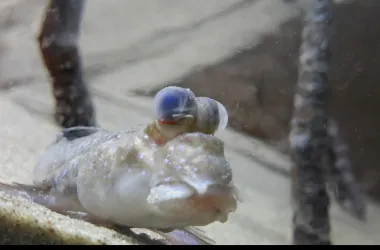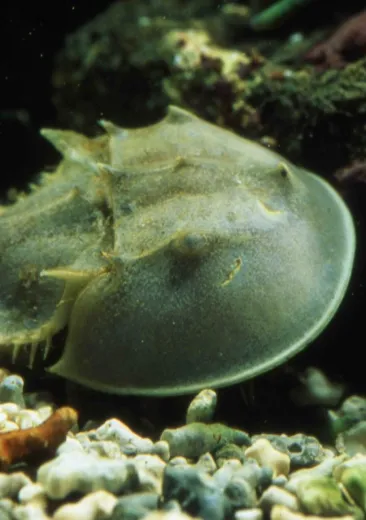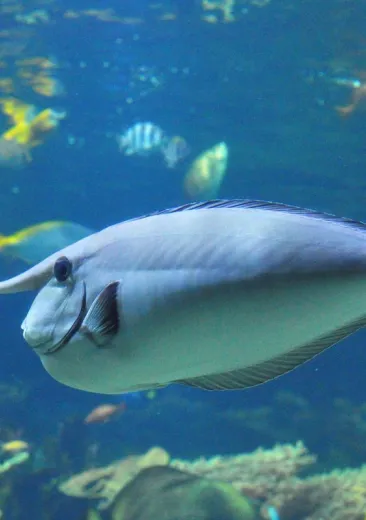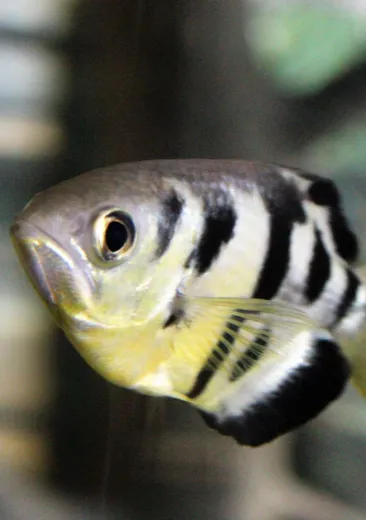When out of the water, the Atlantic mudskipper blinks repeatedly. In fact, this action agitates the water around its gills and probably enables it to oxygenate itself. The Atlantic mudskipper is territorial and oviparous. Adults feed mainly on crustaceans or insects.
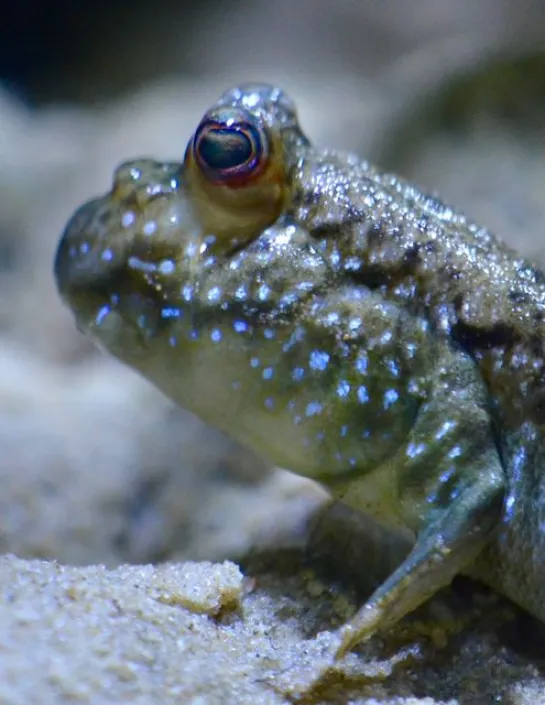
Identity card
Atlantic Mudskipper
- Scientific name:
- Periophthalmus barbarus
- Family:
- Gobiidae
- Class:
- Actinopterygii
- Phylum:
- Chordata
- Year of description:
- Linnaeus, 1766
- IUCN Status:
- Least Concern
- Distribution:
-
Atlantic Ocean, from Senegal to Angola and as far as the Central West Pacific Ocean.
- Habitat:
-
Between the roots of mangroves.
- Size:
The largest males measure up to 25 cm.
- Diet:
-
Crustaceans or insects.
